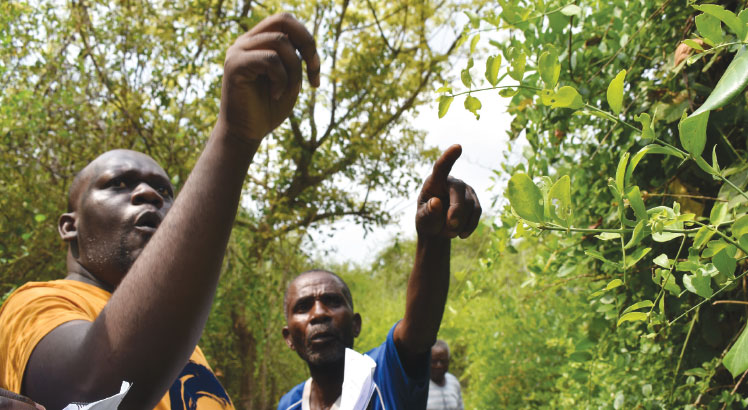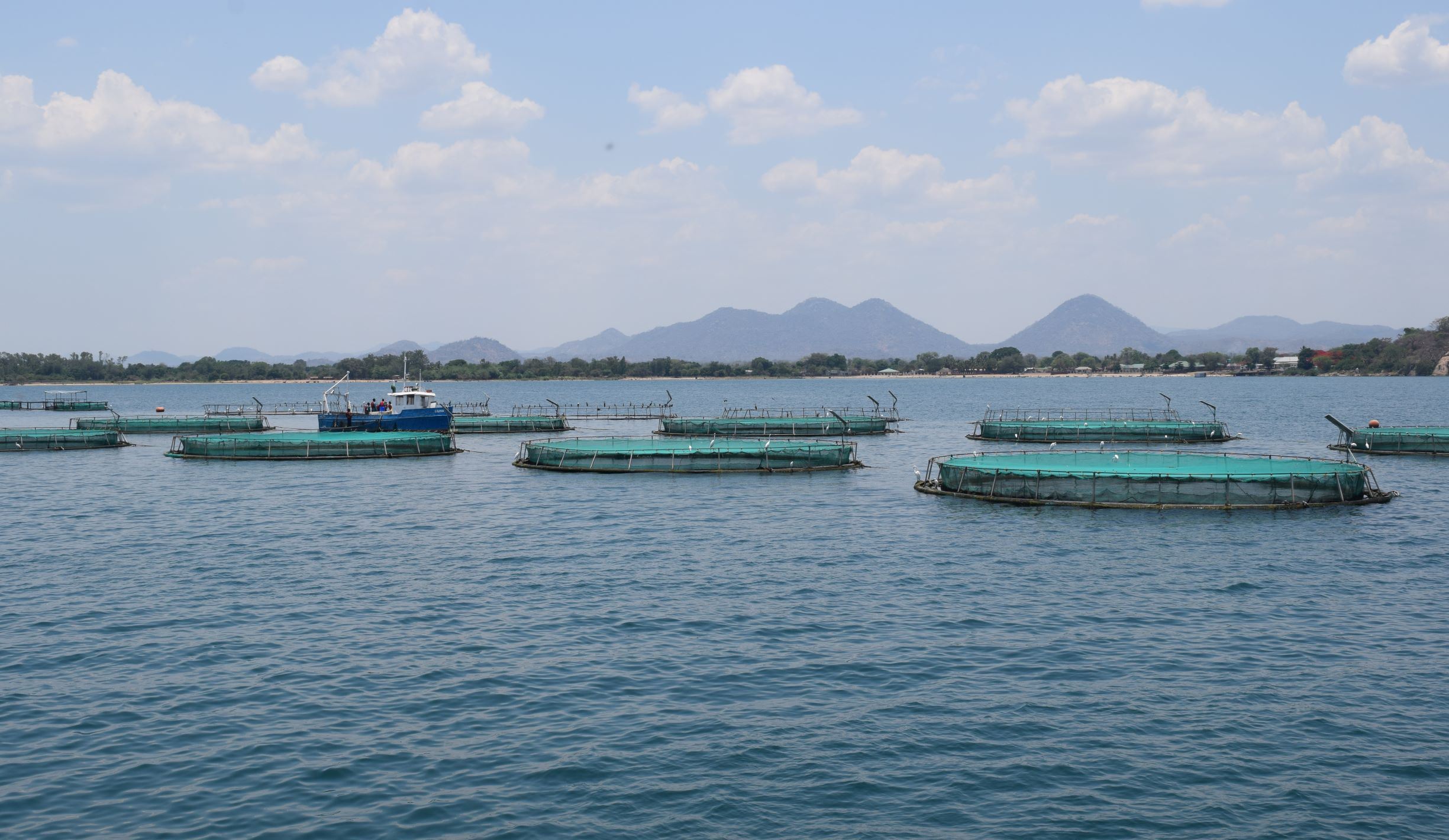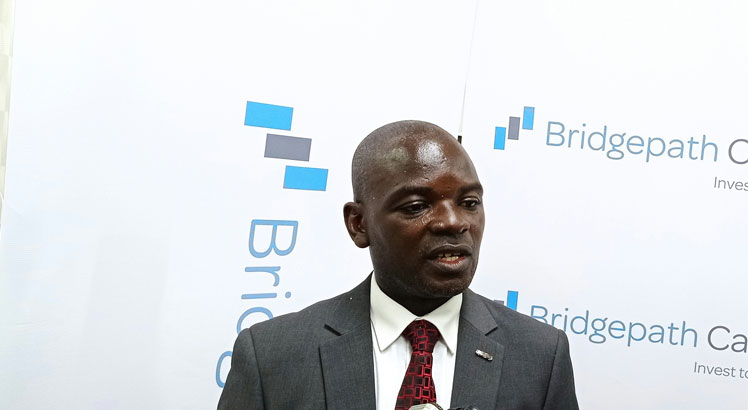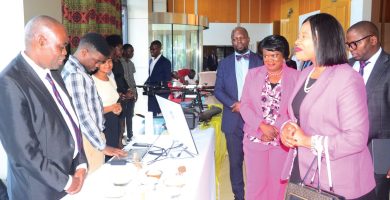Scholars learn from Mbona
Every graveyard in Malawi tells a story about the living: A bittersweet reminder of the lost green cover.
As forests vanish faster than they are being replenished, the green spots exemplify how local beliefs can help conserve the trees.
“A whole community owns the gravesites and no one fetches firewood there except when permitted by community leaders and only during communal ceremonies, especially funerals,” says group village head Mbango of Nsanje.
The traditional leader is the gatekeeper to Khulubvi Forest, the burial place of mystical rainmaker Mbona’s head.
For Mbango, the undefiled shrine confirms that it takes the whole community to conserve shared forests.
Learning ground
Khulubvi is surrounded by bare villages where Cyclone Freddy ripped homes, opened gullies, destroyed crops and buried fertile fields in barren sand in March this year. The forest defiantly overlooks Malawi Mountain, where illegal loggers, charcoal producers and timber makers have depleted Matandwe Forest despite armed patrols by forest rangers and soldiers.

The solitary forest has become a learning ground in the National Ecosystem Assessment to understand how indigenous and local knowledge can enhance environmental management policies and help conserve nature.
Recently, researchers from Lilongwe University of Agriculture and Natural Resources, the Environmental Affairs Department, Mzuzu University and the Department of Culture visited Khulubvi to learn how locals safeguard the forest without gunfire.
During the ‘walking conference’, the researchers also investigated how locals benefit from the thick thorny forest.
Mang’anja people believe that Mbona, who was beheaded and buried in Ndione Wetland by his brother, roams Khulubvi Forest as an earth-turning serpent with spiritual powers to trigger or pacify rain.
“Mbona gives us rain and everything good we need in tough times. As God’s messenger, he is what Jesus is to Christians and Muhammad to Muslims. So, we respect his dwelling place and no one disturbs him,” Mbango explains.
Village head Mbukwa, who lives in the forest and cares for Mbona and his wife, says it is sacrilegious for anyone to get deadwood, fruits, mushrooms, medicines, birds and medicine from Khulubvi without Mbona’s consent.
“We only get firewood and edible products from the sacred forest when offering sacrifices or enthroning Mang’anja chiefs at Mbona’s shrine, where you can only go barefoot, topless and if you haven’t had sex for at least a day,” he says.
The keeper of Mbona’s shrine urges scientists, policymakers and change agents against trashing local knowledge and cultural experiences in the push to conserve nature.
As uncurbed environmental degradation exposes Malawi to disasters made more frequent and devastating by climate change, Mbukwa says: “It’s time we started paying attention to things that work to our advantage, including the lessons inherited from our ancestors.
Traditional Authority Ngabu of the area concurs: “The forest still stands because of our firm belief that the rainmaker still lives here. We don’t want to provoke his wrath, which brings devastating disasters such as floods, cyclones and droughts.”
Citizen science
The meeting of science and indigenous knowledge also covers similarly unique sites in Rumphi, Mzimba, Nkhata Bay, Salima, Lilongwe, Zomba and Mulanje.
Malawi is jointly implementing its ecosystem assessment with the United Nations Environment Programmes’ World Conservation Monitoring Centre, UN Educational, Scientific and Cultural Organisation and the Biodiversity and Ecosystem Network. It is funded by the SwedBio Programme at Stockholm Resilience Centre as well as Germany’s International Climate Centre (IKI) and Ministry responsible for Environment and Nature Conservation.
To promote citizen science, indigenous and local knowledge holders participated in framing the assessment tool.
The team will disseminate key findings to incorporate of indigenous and local knowledge in environmental policies and initiatives.





